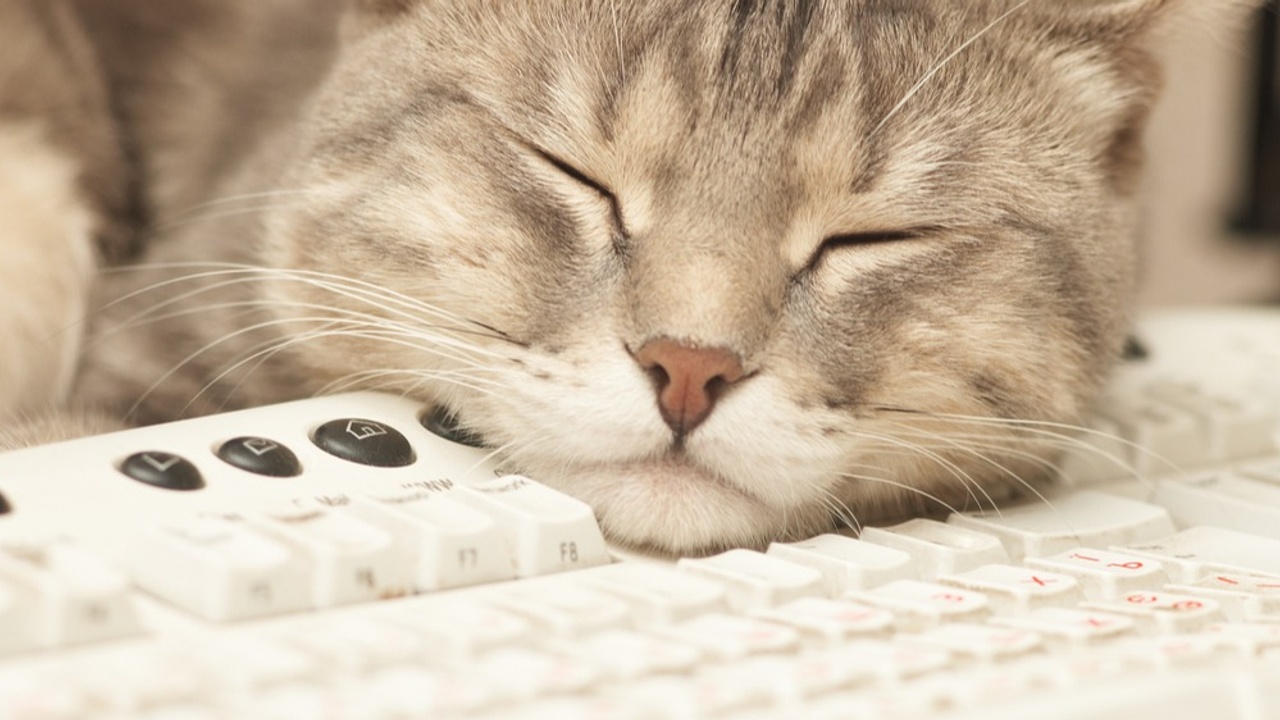Pressing Pause
Oct 19, 2021
Last Wednesday evening I did my final free masterclass of a series of 3 'The 3 Secrets to Managing Tantrums and Challenging Behaviour'. About 10 minutes into the class my powerpoint presentation totally jammed and I couldn't click forward to my next slide.
My husband – aka my tech department – is usually around to jump in and rescue me if something like this happens but he was out that night.
I may have told you that by nature I’m not calm and centred. I can easily get into flaps and panic when things go wrong.
Ask my kids - they get so irritated by me and ask: 'Why are you so stressy...?'
But, despite what my kids think, on many occasions, I do press ⏸ and choose to react calmly.
And that's what I did last week.
I told myself ‘It’ll be ok’ and a really sweet attendee told me to ‘force quit’ powerpoint and start it again which worked.
Many years ago, in a former life in corporate training and development, I lead a programme on behalf of the Covey Institute called ‘The 7 habits of highly effective people’
The was based on a book of the same name, by the best selling author Steven Covey. I really recommend it.
I learnt so much from that book - here is one of the things it says in the book:
Between stimulus (in this case the presentation jamming) and response (my knee jerk reaction to panic), we have the ability to press pause ⏸.
We can also teach our children to do the same thing.
Children can be really impulsive and reactive.
They have an under-developed ability to control their responses but when we figure out the best approach for our child, it becomes much easier.
Things like routine, structure and predictability really help kids to feel secure and less reactive.
So how can you teach a child to press pause?
Here are my 5 key ways to help a child stop and think:
- Observe your child like a hawk and whenever they show the slightest bit of self-control, comment on it ‘You were going to snatch the toy from your brother but instead you just took it without grabbing. That shows real self-control’
- Teach them different ways to relax – this helps to release oxytocin into their bloodstream which is a calming hormone – things like deep breathing, sitting quietly, stroking a pet, giving them a massage. This works really well for anxious children too.
- Make a list of different ways they could respond when they feel anxious, frustrated, disappointed, angry – kids often have amazing creativity and know what helps them.
- Hold your hand up like a traffic warden when they look like they are about to get stressed and ask ‘Could you press pause?'
- Create a calm corner where they can go if they feel things are bubbling up – this can also work really well as part of their routine, especially if there are certain times like getting home from school, when they tend to be reactive. Have them pick out things that help them feel calm.
Things for the calm corner:- Something sensory like a soft blanket or a cuddly toy
- Picture books they enjoy looking at,
- A puzzle to focus on
- They could pick some calming music for you to play
Things to shake and watch - there's something called a motion timer on Amazon - here's the link if you are interested.
Check out my mini course 'Positive Discipline, Finding the Balance' you are going to love learning easy ways to stay in charge and have even better rules and routines at home.
Stay connected with my parenting tips, inspiration and special offers.
Join my mailing list to receive the latest news and updates from me.
Don't worry, your information will not be shared.
We hate SPAM. We will never sell your information, for any reason.


